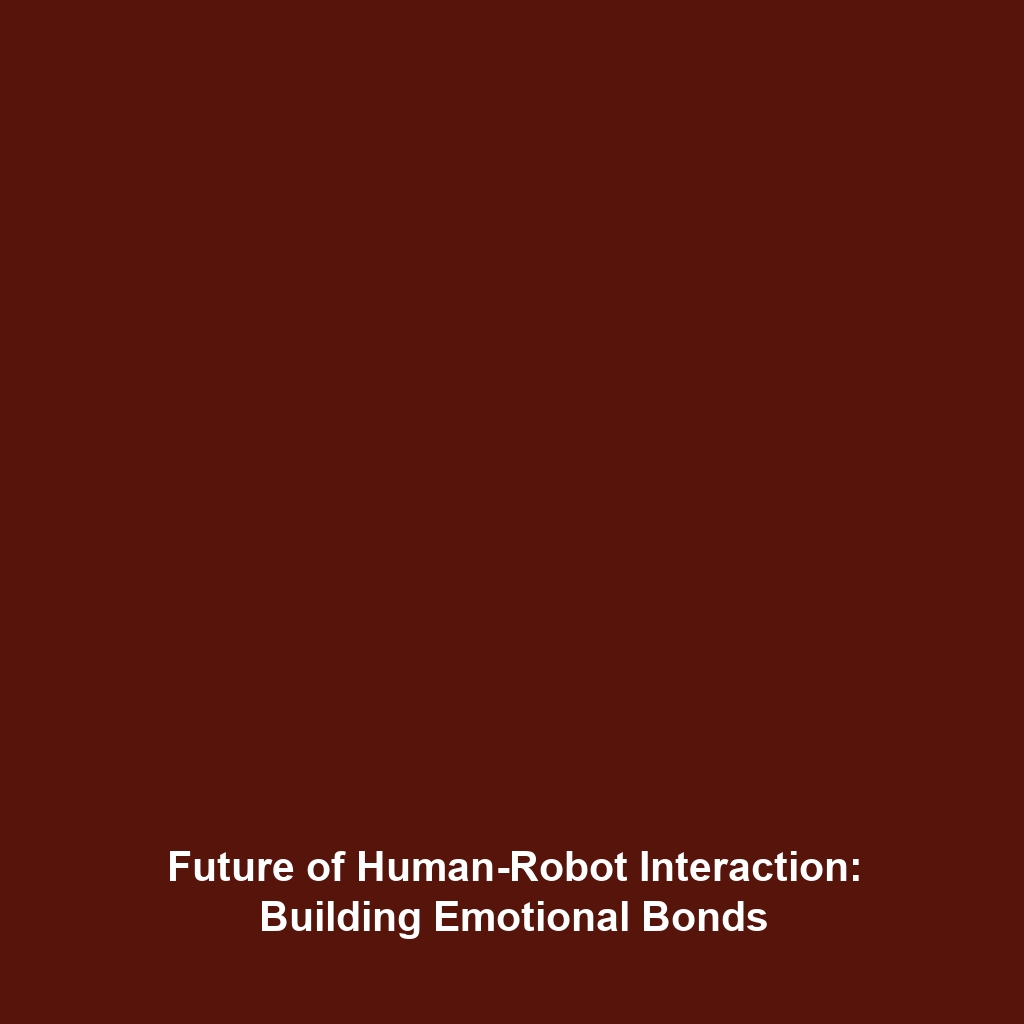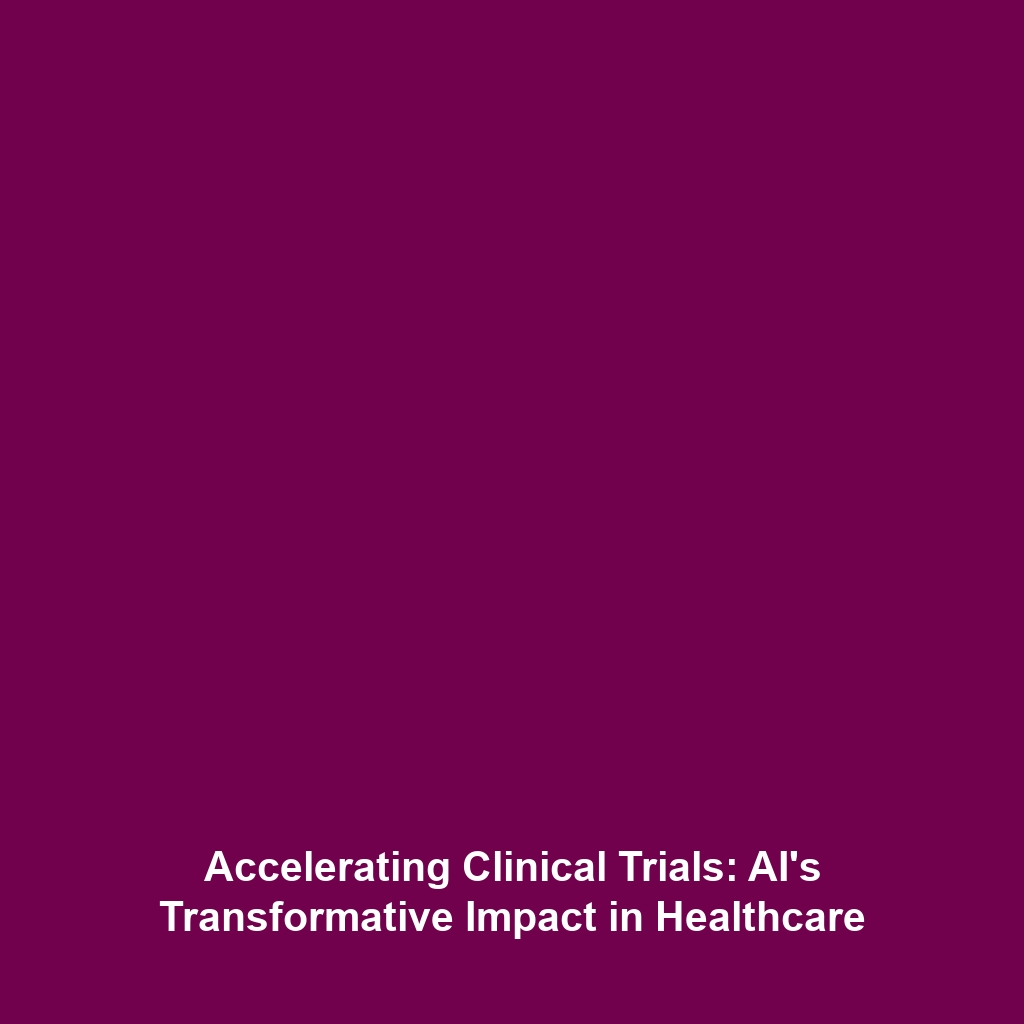The Future of Human-Robot Interaction: Emotional Connections with Humanoid Robots
Introduction
The future of human-robot interaction is a burgeoning field that holds significant promise, particularly in the realm of humanoid robots. These advanced robots are designed not just to execute tasks, but to engage with humans on a deeper emotional level. Understanding how humanoid robots can form strong emotional connections expands their potential uses in various settings, from healthcare to companionship. By examining these interactions, the significance of emotional robots becomes clear, impacting our daily lives and altering the perceived boundaries between humans and machines.
Key Concepts
Human-Robot Interaction (HRI)
Human-robot interaction (HRI) refers to the interdisciplinary domain that studies the interactions between humans and robots. It encompasses the emotional, cognitive, and social aspects of these encounters. Key features include:
- Emotional Intelligence: The ability of robots to recognize and respond to human emotions.
- Social Presence: The perception of the robot as a social entity capable of engaging in meaningful dialogue.
- Learning Algorithms: Techniques that allow robots to adapt their responses based on previous interactions.
Understanding these concepts is essential for developing humanoid robots that can foster emotional connections with users.
Applications and Real-World Uses
The potential applications of humanoid robots in forming strong emotional connections are vast and varied. Here are several practical uses:
- Healthcare: Humanoid robots like Robear provide emotional support to patients, creating a comforting presence in hospitals.
- Elderly Care: Robots designed for companionship can reduce feelings of loneliness among seniors by engaging them in conversations and activities.
- Education: Educational robots can motivate students by forming relatable connections, thereby enhancing the learning experience.
These examples illustrate how human-robot interaction is leveraged in various fields, showcasing the transformative power of humanoid robots.
Current Challenges
The future of human-robot interaction is fraught with challenges that researchers and developers must address, including:
- Ethical Concerns: The implications of emotional manipulation and dependency on robots raise serious ethical questions.
- Technological Limitations: Current AI lacks the nuance of human emotional understanding, limiting the authenticity of interactions.
- Public Perception: There is skepticism regarding the effectiveness and reliability of humanoid robots in emotional contexts.
Addressing these challenges is crucial for advancing the field of humanoid robots and their interactions with humans.
Future Research and Innovations
Exciting developments in technology are on the horizon that will significantly enhance human-robot interaction. Future research may focus on:
- Adaptive Learning: Innovations in machine learning that enable robots to better understand and predict human emotional responses.
- Enhanced Sensors: Advanced sensory technology that allows robots to perceive human emotions through facial recognition and voice modulation.
- Collaborative Robotics: Partnerships between humans and robots that foster deeper emotional bonds through cooperative tasks.
These innovations could pave the way for next-generation humanoid robots that are not only more responsive but also more relatable.
Conclusion
In summary, the future of human-robot interaction holds great potential for forming strong emotional connections through humanoid robots. As this field evolves, it is essential to address challenges while exploring innovative applications across various sectors. Researchers and developers are encouraged to delve deeper into the multifaceted aspects of this technology. Further reading can enhance understanding of the human-robot relationship, paving the way for a future where robots could become integral partners in our lives. For more insights on humanoid robotics and emotional connections, visit our related topics.

